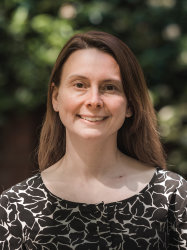BibTex format
@article{Couves:2022:10.1016/j.sbi.2022.102401,
author = {Couves, E and Bubeck, D},
doi = {10.1016/j.sbi.2022.102401},
journal = {Current Opinion in Structural Biology},
title = {Capturing pore-forming intermediates of MACPF and binary toxin assemblies by cryoEM},
url = {http://dx.doi.org/10.1016/j.sbi.2022.102401},
volume = {75},
year = {2022}
}

